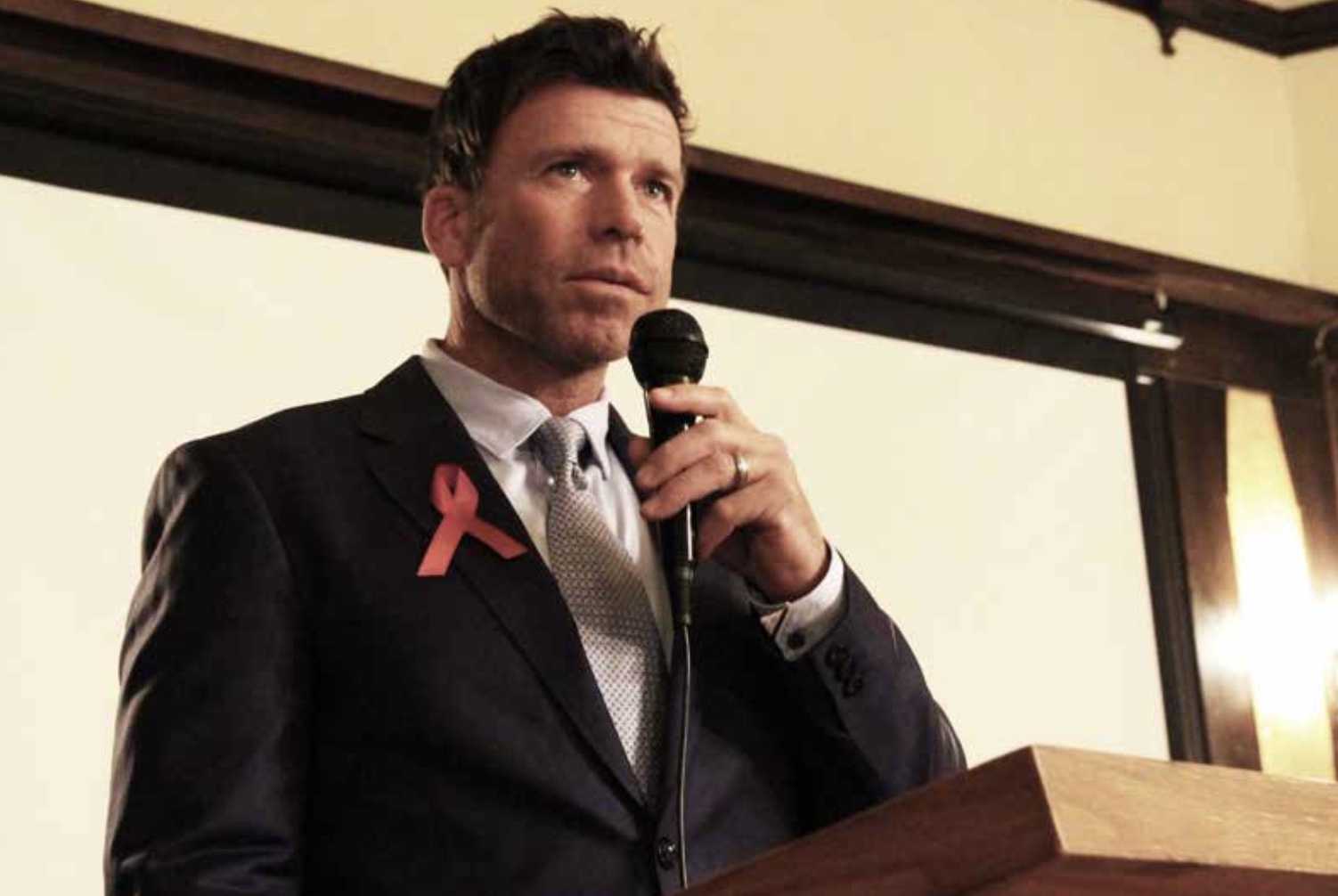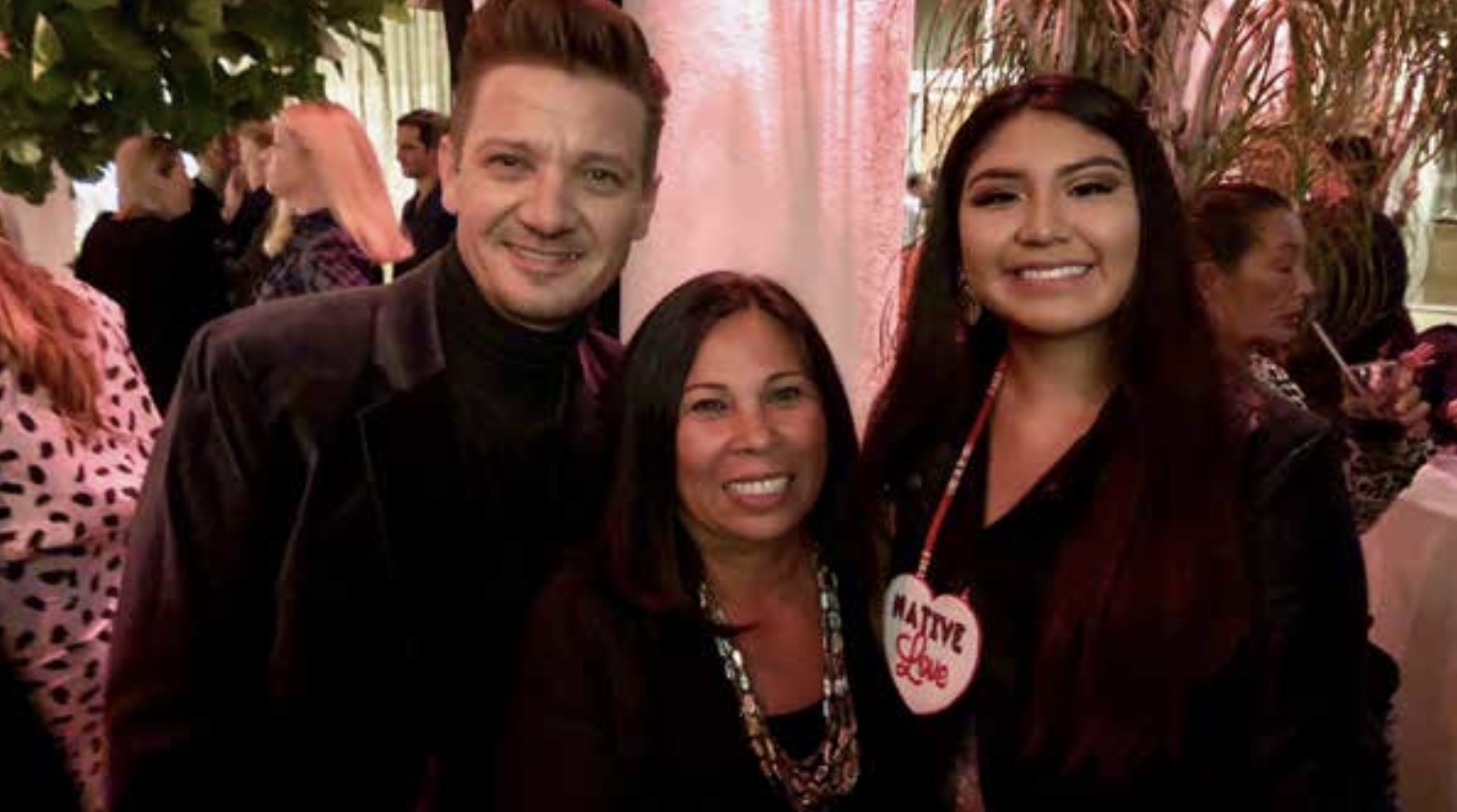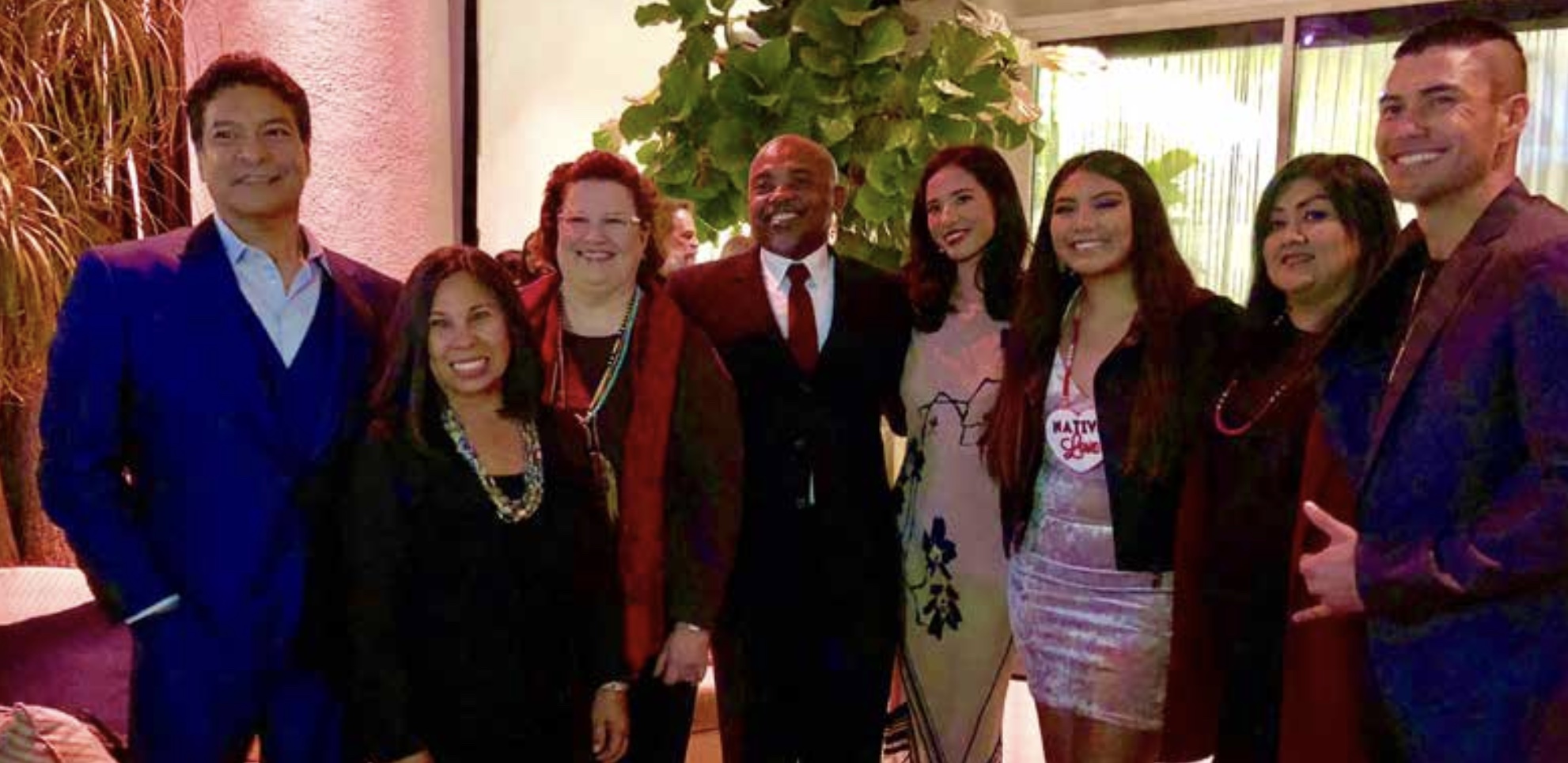Written Testimony on S. 1942, SAVANNA’S ACT by Taylor Sheridan

Mr. Chairman, Mr. Vice Chairman, and Members of the Senate Committee of Indian Affairs, my name is Taylor Sheridan. Thank you for the opportunity to submit a written testimony in support of S. 1942, Savanna’s Act. I am the writer and director of the film Wind River, which is rooted in my travels and time spent living in Indian Country. It is the third movie in a trilogy that explores the modern American West.
During my late 20s, I was welcomed into the Oglala Sioux Tribal community on the Pine Ridge Indian Reservation. While there, community members shared with me the story about a young Oglala Lakota woman, who I will refer to as “Natalie”. Natalie was a basketball star with exceptional athletic ability and a student leader with an impressive academic record that would make her the first in her family to attend college. By all accounts, Natalie’s path in life pointed towards her escaping the cycle of poverty endemic to Indian reservations, and the possibility of becoming a future leader in her community and elsewhere. In a tragic turn of events, after missing for days, Natalie’s body was found in a remote part of the reservation. Very little is known about the circumstances surrounding Natalie’s death, but stories like hers have become commonplace.
Natalie’s story – and countless others like hers – was the inspiration for Wind River, which tells the story of a young woman’s rape and murder on the Wind River Indian Reservation, as well as the heartache and difficulties endured in bringing her perpetrators to justice. I hired a legal team to research statistics on the number of women who have gone missing on Indian reservations. My intention was to have a post script at the end of the film that highlighted the number of missing and murdered women on Indian reservations. Since no single government agency tracks information regarding missing and murdered Indigenous women, my team had to individually contact the Bureau of Indian Affairs, the Department of Justice, the Federal Bureau of Investigation, the Department of Health and Human Services, the Indian Health Service, the Substance Abuse and Mental Health Services Administration, the Administration for Family and Children, the Census Bureau, the Government Accounting Office, and the State Department seeking data. After three months of reviewing academic studies, government reports and talking to every possible agency with jurisdiction over this matter, we determined that there were no reliable statistics on missing and murdered Indigenous women. My team and I were justifiably stunned by this realization. Ultimately, I concluded the film with the following statement: “While missing person statistics are compiled for every other demographic, none exists for Native American women. No one knows how many are missing.”
The appalling pervasiveness of missing and murdered Indigenous women is not unique to the Great Plains, nor is the Hollywood community immune. In 2014, the Blackfeet actress Misty Upham’s body was found in a ravine outside of Auburn, Washington, a border town just outside of the Muckleshoot Indian Reservation. As with all missing and murdered Indigenous women, the circumstances are suspect. According to press reports, the conduct of the City of Auburn’s law enforcement is equally disturbing in that police personnel appeared to have casually dismissed the family’s concerns and failed to cooperate with the tribal community. I urge the Committee to read The Guardian’s story on Misty’s death – which can be found at the following link: www.theguardian.com/global/2015/jun/30/misty-upham-native-american-actresstragic-death-inspiring-li…. It is yet another classic case-study that demonstrates law enforcement’s failure to bring justice for missing and murdered Indigenous women.
I recently met with Lailani Upham, a close relative of Misty and a respected journalist. She shared with me the story of her maternal grandmother who was raped and killed in the winter of 1953 on the Fort Belknap Indian Reservation. Her grandmother’s rape and murder have never been investigated. Lailani recounted several other stories that were told to her about missing and murdered Indigenous women. In our conversation, I was heartened to learn that Wind River’s portrayal of this terrible truth provided Indian people with an avenue to continue healing their communities.
I would like to thank “Natalie” and the Northern Arapaho and Eastern Shoshone Tribes of the Wind River Indian Reservation for trusting me to tell their story. The Wind River tribal leaders have expressed that my film Wind River is not just their story, but all Indian Country’s story — which in itself is a tragedy. To be frank, it is a tragedy I had to make this movie in the first place.
While Savanna’s Act addresses the data collection issue and serves to establish reporting protocols, there is a lack of jurisdictional clarity and cooperation between law enforcement agencies in Indian County, which further exacerbates the problem. Such conflicts undermine obtaining any real justice for missing and murdered Indigenous women.
In recent conversations with the Crow and Standing Rock tribal leadership, they pointed out that while Congress may attempt to address these jurisdictional issues, they are not doing so fast enough. Tribes must be able to exercise their sovereign authority to protect their people, because one more missing woman is one too many. With every woman who goes missing, the Native community loses another future leader, future doctor, future teacher, another resource for which this community can lean against and look up to is gone. No problem can be solved until it is understood. Tribal governments need data to understand the problem, freedom from bureaucracy to investigate the problem, and the autonomy to combat the problem. I urge Congress to move quickly in order to rectify the data collection gaps and provide tribal leadership and local law enforcement with the resources needed to protect Indigenous women, and bring justice to those who have perpetuated violence upon them. It is impossible to move with enough haste — for as this testimony is being read, another Indigenous woman just disappeared.
At a recent event in Helena, Montana, I met Theda New Breast and Lucy Simpson. Theda has been active in national Indigenous women’s issues for over 30 years and Lucy is the Executive Director of the National Indigenous Women’s Resource Center (“NIWRC”). Theda recounted Savanna’s Greywind’s story to me, which felt heart-wrenchingly familiar and underscored the need for resources for nonprofit organizations like the NIWRC. The NIWRC is among a very small network of not-for-profit organizations leading the effort to bring awareness to the issue of missing and murdered Indigenous women. Lucy provided me with a detailed briefing on the vital work that the NIWRC does in Indian Country to end all forms of gender-based violence against Indigenous peoples. I urge the Committee and Congress to continue supporting organizations like the NIWRC and the important work that they are doing by enacting and funding legislation such as the Victims of Crime Act.
Finally, last year Congress passed Senate Resolution 60, a measure introduced by Senator Steve Daines (R-MT) and Jon Tester (D-MT), designating May 5, 2017 as the ‘‘National Day of Awareness for Missing and Murdered Native Women and Girls.” It is time for Congress to take the next step by passing and enacting Savanna’s Act. With the passage of Savanna’s Act, the lives and voices of Savanna Greywind, Misty Upham and “Natalie” will not be silenced.
Of all responsibilities our government assumes, none is more urgent, more dire, and more necessary than the protection of the most vulnerable of our society. I am testifying to a segment of our society that couldn’t be in more desperate need of that protection. And that protection begins by being accounted for — it begins by simply knowing how many Native American woman and girls have been and murdered and never found. I urge you — no, I beg you — pass Savannah’s Act.







